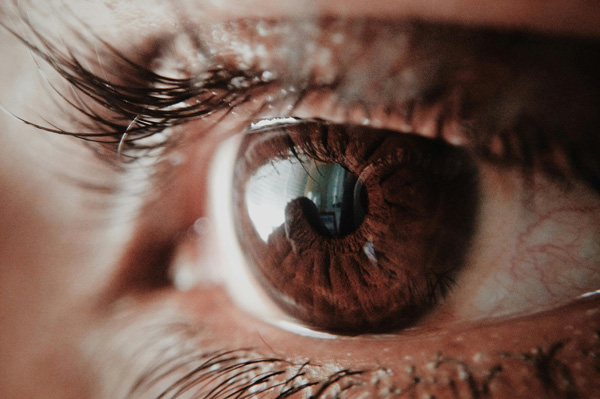A fish can heal its eyes, so might we

[Brown Human Eye. Photo Credit to Pexels]
On March 30th, Korea Advanced Institute of Science & Technology (KAIST) announced the development of a new treatment that restores vision by regenerating the neural network of the retina.
Until now, there has been no effective treatment for patients whose retinas were completely damaged and who had lost all vision.
However, the experiment and treatment led by Professor Jinwoo Kim and his research team marked a major breakthrough in the field of vision restoration.
A key concept at the heart of this research is the use of stem cells.
Throughout a person's life, the body constantly creates and replaces cells to maintain essential functions.
Organs such as the skin, liver, and intestines naturally regenerate cells to heal and repair damaged tissues.
The cells responsible for this process are known as stem cells, which have the unique ability to transform into various types of cells and grow wherever they are needed.
In mammals, however, especially in the brain or the neurons within the eyes, once these nerve cells are damaged, they are nearly impossible to regenerate.
Surprisingly, cold-blooded animals like fish and frogs possess the remarkable ability to recover from injuries to the brain or eyes.
One well-known example is the ability of lizards to regrow their tails after losing them.
Inspired by these natural phenomena, scientists began to explore the biological differences that make such regeneration possible.
Inside the human eye is a thin layer of neural tissue called the retina, which plays a crucial role in receiving light and transmitting visual information to the brain.
Because the retina is composed of neurons, it becomes extremely difficult to regenerate once it has been damaged.
By contrast, in species like fish, the retina can regenerate after injury due to a special type of cell called Müller glia (MG).
Under normal circumstances, MG cells support and maintain retinal health.
However, when the retina is damaged in fish, these cells transform into stem cell-like forms called MGPCs (Müller glia-derived progenitor cells).
These MGPCs are capable of developing into various retinal cell types, thereby facilitating the repair process.
In mammals such humans, MG cells do not fully activate this regenerative response and fail to become MGPCs, making self-repair of the retina virtually impossible.
This difference is closely related to a protein called Prox1.
Prox1 plays a role in helping stem cells become neurons.
Simply, it signals the immature, undifferentiated cells to stop dividing and turn on neuron specific genes, effectively locking in their identity as neurons.
Researchers found that in mice, Prox 1, which is not typically present in MG cells, suddenly appears when the retina is damaged.
This occurs because nearby neurons transfer the Prox1 protein to the MG cells.
However, this transfer inhibits the reprogramming of MG cells into stem-like cells, effectively halting the regeneration process.
In other words, in mice, the transfer of Prox 1 prevents MG cells from transforming into stem cells, thereby blocking retinal repair.
In contrast, fish MG cells do not receive this inhibitory protein, which allows them to initiate regeneration freely.
To prove this, researchers conducted an experiment in which they blocked the transfer of Prox1 to MG cells in mice.
Conversely, when researchers artificially introduced Prox1 into the eyes of fish, their normal regenerative capabilities in humans.
This suggests that preventing the delivery of Prox1 may enable similar regenerative capabilities in humans.
Building on this possibility, the technology is being further developed by a KAIST affiliated organization called Celiaz, with clinical trials targeted for 2028.
If these trials prove successful and the treatment becomes commercially available, it could become the world’s first truly effective therapy for degenerative retinal diseases—offering great hope to countless patients who currently have no viable treatment options.

- Seunghyun Kim / Grade 11
- Trinity College School

![THE HERALD STUDENT REPORTERS [US]](/assets/images/logo_student_us.png)
![THE HERALD STUDENT REPORTERS [Canada]](/assets/images/logo_student_ca.png)
